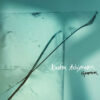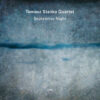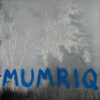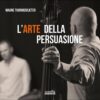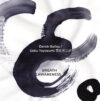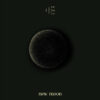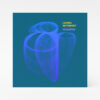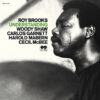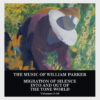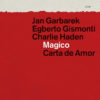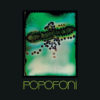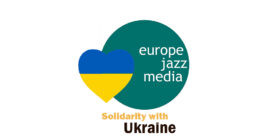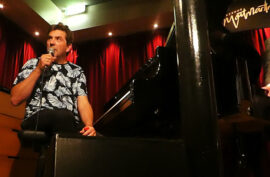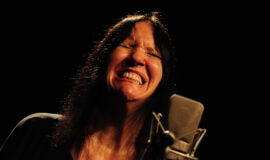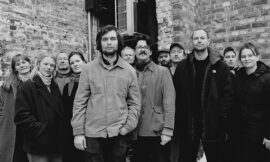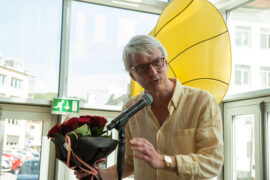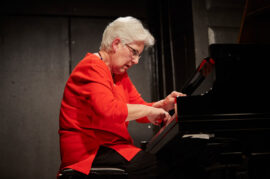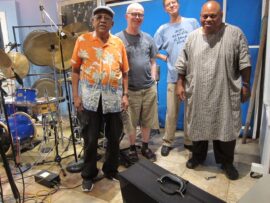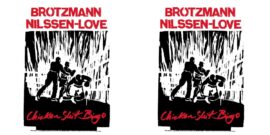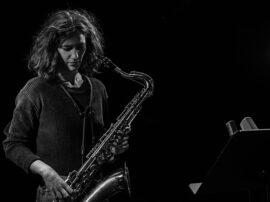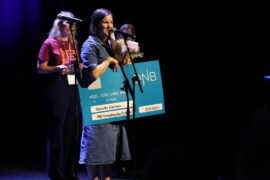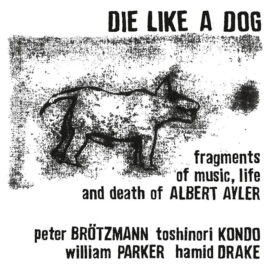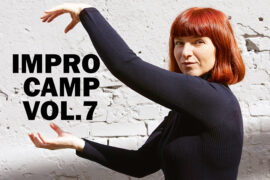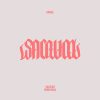
Akmee is the Norwegian quartet of pianist Kjetil Jerve, trumpeter Erik Kimestad Pedersen, double bass player Erlend Olderskog Albertsen and drummer Andreas Wildhagen, all are well-versed in experimental, free jazz and free improvisation formats, and crossed each other’s musical paths many times before. Sacrum Profanum is the sophomore album of the quartet that began working in 2013, following Neptun (Nakama, 2018). It was recorded at Tøyen Kirke, a church in Oslo that is also known for providing a meeting place and food for people in difficult situations, and in need of religious-spiritual connection, but also a popular recording and performance location that hosted also recordings of Trygve Seim and Andreas Utnem, Hayden Powell and Anne Hytta.
Akmee wanted to record at Tøyen Kirke because of its good-sounding grand piano located in a wooden room, and the quartet’s curiosity to play in a different acoustic situation. True to its collaborative and democratic dynamics, all four musicians contributed compositions to Sacrum Profanum. The music of Sacrum Profanum is described as inspired by «the unknown things in the universe and the mind, from music history more specifically: free jazz, contemporary classical music and psalms from southern Norway». The title of the album and the cover design of Mikkel Cappelen Smith emphasizes its irreverent spirit.
The eight pieces (strangely, all titled in Polish) employ brief compositional themes for explorative, personal and collective improvisations, allowing Akmee’s music to float and reshape itself and stress distinct structures or emotional and spiritual overtones. Jerve’s «Ciemność» (darkness in Polish) and «Dźwięk» (sound) captures best the lyrical-contemplative spirit of Sacrum Profanum and the spacious interplay of Akmee. Kimestad Pedersen’s three compositions use Akmee to sketch loose chamber jazz stories. Olderskog Albertsen’s two brief compositions are abstract and sparse and use silence as a decisive element while Wildhagen’s only competition, «Dziewięć» (nine), highlights his imaginative rhythmic language. Somehow, despite the different compositional approaches, the music of Sacrum Profanum has an impressive, cohesive quality.
Eyal Hareuveni
Kjetil Jerve (p), Andreas Wildhagen (dr), Erik Kimestad Pedersen (tp), Erlend Olderskog Albertsen (b)

